|
At the Would-Be Farm, the summertime nights are short but punctuated –– irregularly and ungrammatically punctuated –– by wild animals. My dreams are interrupted by the exclamation marks of heavy-footed porcupines, chittering raccoons, and the noisiest of mice stomping around the wide porch of the cabin.
A light sleeper, I become the Defender of the Castle, flinging off the covers and springing into action during these nighttime ellipses.
Mice are incorrigible. The original honey-badgers, they do not care, noisily scrabbling around for the possibly imaginary crumb of food at the bottom of the toolbox on the porch.
Despite my shouting and rattling of their hiding place, they go back to rustling and loudly chewing –– through anything –– until temptation is removed from their reach.
Giving my drowsing spouse the usual warning, ("Sorry babe, I am going to make noise."), I leaped up and hustled over to the door.
I threw open the door, and launched into the lecture I have prepared for the raccoons –– it starts "You need to think about the consequences of your actions!" and goes on, angry dadwise, in a crescendo that often includes the phrase, "Is this a good use of your time and energy? Really?" and so on –– when I saw my intruder. Mr. Linton heard something like: "You need to think a–– It's a f@#ing BEAR!"
I slammed the door, flicked the deadbolt, and hurled myself back into bed, my heart pounding. Mr. Linton settled the covers over us both and said, "Well, that's one way to get your heart going."
Amen, darling. PS: this was a relatively small bear, probably 150 lbs worth of youngster spending its first summer without Mom's supervision. Though it resembled a burly dog, its movement was unmistakably bearish –– that flat-footed gait setting its curvaceous badonkabonk a-jiggling. The previous morning, this fool bear (or one just like it) had been chased out of the back of the neighbors' car, whither it had been tempted by a broken window and a wealth of fast-foot packaging. Like dogs, bears must love having toddlers around. A bit of research reveals that black bears –– who were alive in the time of dire wolves and sabertooth tigers and American cave lions –– usually take the prudent course of running away to fight another day rather than standing toe-to-toe with aggression. The strategy probably served them well, because black bears are still roaming while most other megafauna are fossils. Of course polar bears and brown bears also survived the last Ice Age, and they are not shrinking violets, so it's a theory for why black bears tend to run away when you make noise at them. Not to say that black bear are not dangerous. One or so people are killed in North America each year by wild black bear. If not the cardiac shock of finding one on the porch of a morning. References https://dinopedia.fandom.com/wiki/American_Lion https://www.livescience.com/51793-extinct-ice-age-megafauna.html https://www.backpacker.com/stories/ask-a-bear-do-ultrasonic-noises-repel-you/ Most Important Reference: –– How to avoid being attacked by a bear: https://www.nps.gov/subjects/bears/safety.htm
4 Comments
|
About the Blog
A lot of ground gets covered on this blog -- from sailboat racing to book suggestions to plain old piffle. FollowTrying to keep track? Follow me on Facebook or Twitter or if you use an aggregator, click the RSS option below.
Old school? Sign up for the newsletter and I'll shoot you a short e-mail when there's something new.
Archives
June 2024
Categories
All
|
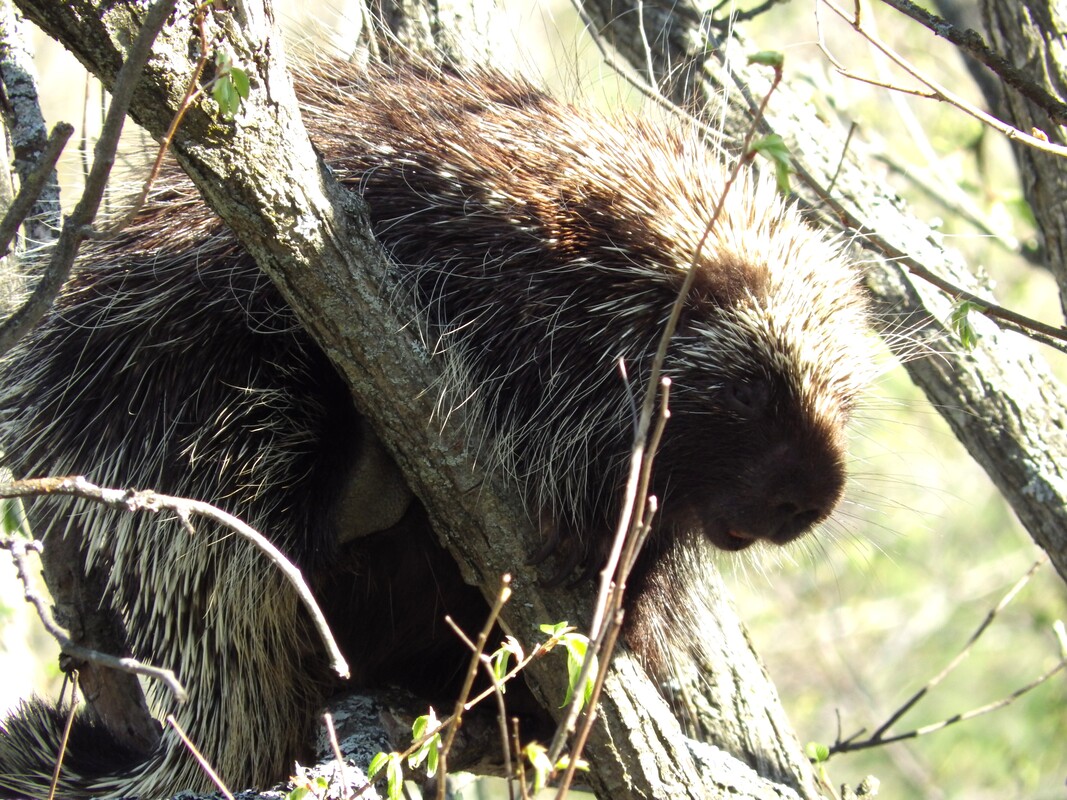
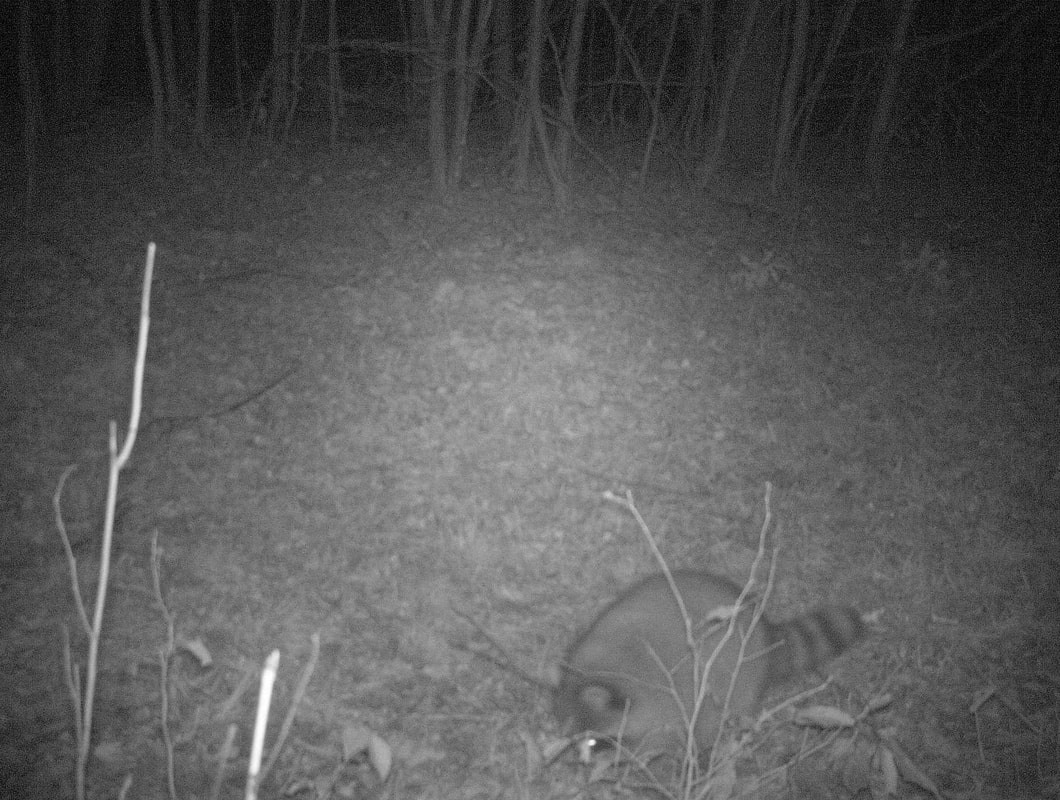
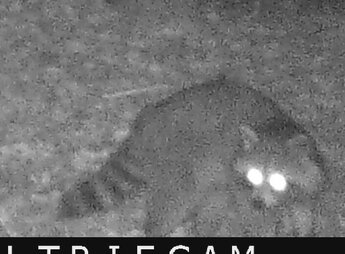
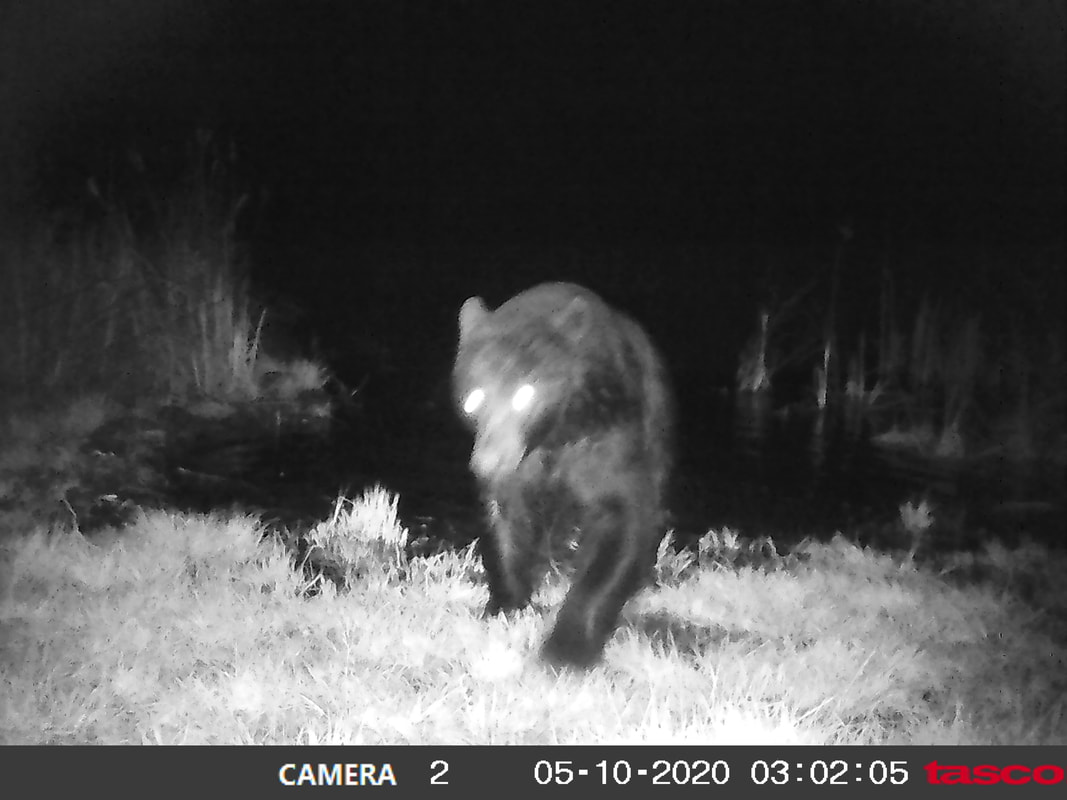
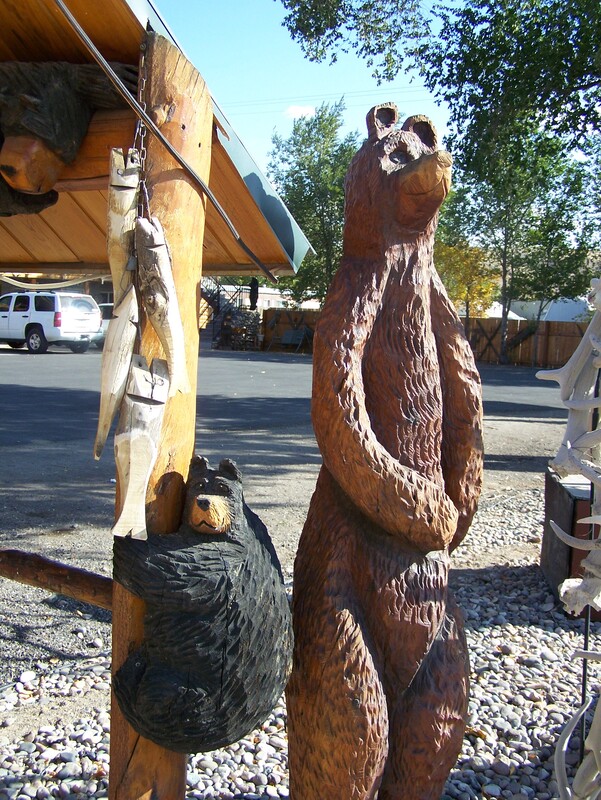
 RSS Feed
RSS Feed
